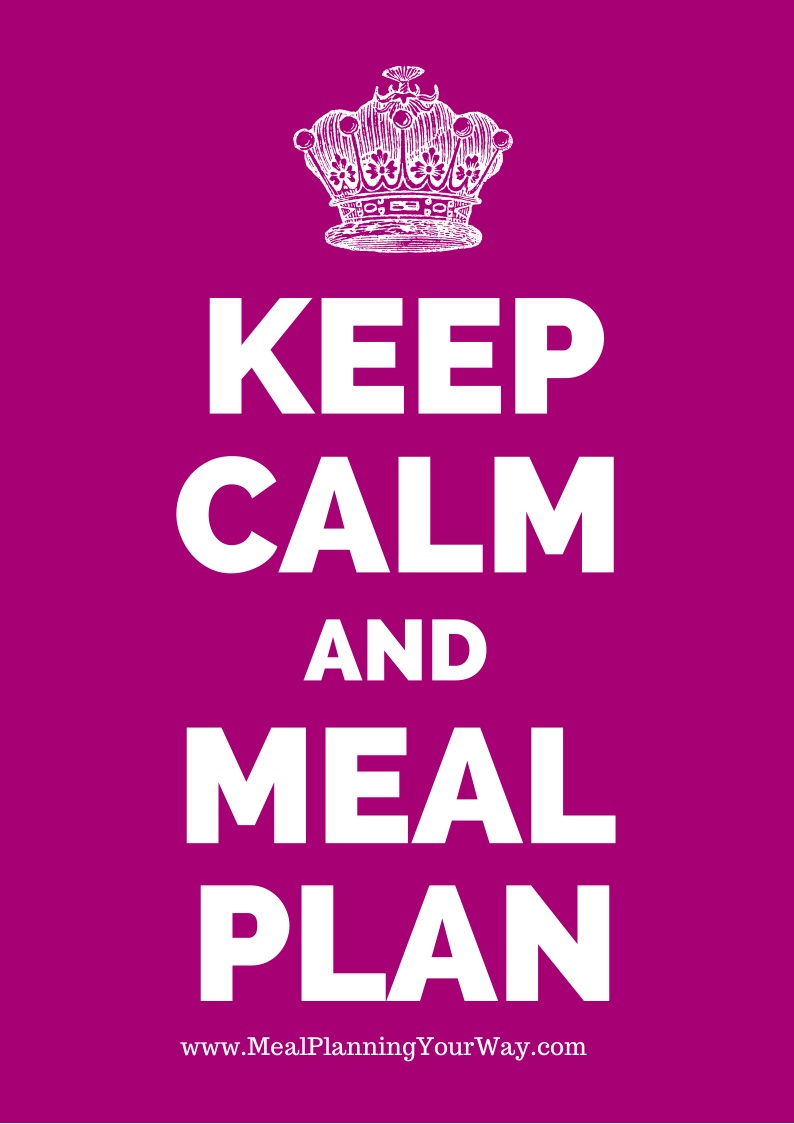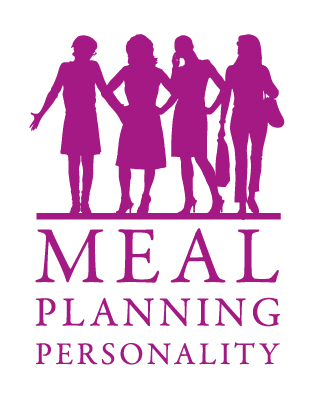One of the areas I commonly see clutter accumulating is on the kitchen bench and dining room table. Regardless of whether my client is a busy professional that lives on their own or a family – the situation is the SAME!?! Without fail these are the things I discover:
- Mail – opened and unopened – including Bills
- Work/ school books/ notes
- car keys
- stationery
- catalogues
- recent purchases
- receipts
By the end of the day everything gets stacked up into a few large piles, and day after day it accumulates, only moving from the kitchen bench, to a table, and back again. There are some simple systems you can implement, so I thought I would run through a few questions to ask yourself when designing these vitally important areas!
How to get organised: Use the R-E-V-A-M-P Process
R = Remember
 What’s the purpose of the arrivals area? When you get home from being out all day what is it that you desperately need to ‘dump’ e.g. Mail; school notes, bags? You’ll also need to think about do you want some items to be here in a Holding Pattern or is it going to be where some items live (e.g. handbag?)
What’s the purpose of the arrivals area? When you get home from being out all day what is it that you desperately need to ‘dump’ e.g. Mail; school notes, bags? You’ll also need to think about do you want some items to be here in a Holding Pattern or is it going to be where some items live (e.g. handbag?)
What do you dream this space could look like?
[Entry Way organisation – Pinned from Better Homes and Gardens]
ok, now let’s get back to reality……….
E = Evaluate
What is it that is really irritating you about this area? No home for anything? Stuff just gets dumped into a pile? Hard to find a letter or document? Write down everything that works and doesn’t work! Be honest!!
V = Value
What items are really important? What do you need to find quickly? What things only need to be in this area temporarily? E.g. is it handbags, mail, vs temporary space for bills, school notes, receipts. Don’t worry about where to put them (that’s the next step), for now you just need to know what has got to stay here vs go elsewhere?
A = Assign
Running your home or business from the dinning room table?If your kitchen/ dining room table has to multitask as an office/ homework area, we need to look at the furniture beside the kitchen/ dining table. The trick is to make sure the unit/ furniture has adequate spaces to create dedicated homes for things that need to be housed there while the table is in use. Do you actually need a shelf with clearly labeled baskets for each member of the family, or grouping things by items (e.g. to read)? You might start thinking about units in your kitchen/ dining space and if you can commandeer them with beautiful containers to conceal what was formerly known as the dumping ground, or is part of the problem you don’t HAVE storage?
As much as possible make sure that your furniture can multitask – so look for extra sneaky storage that allows you to grab items off the table and quickly pop items into their relevant categories and keep the table clear until you need to use it for another purpose (e.g. laptop, craft supplies, etc). Make life easy by having items within easy reach for when you want them!
More images and solutions to inspire (note DO NOT jump to this step – start at R = Remember!)

M = Maintain
The habit creation phase is where we often get stuck. Take time to think through what is happening now, so you can avoid this in your new system/ or introduce tricky strategies to make it easier!Are items not migrating ‘home’? Maybe it’s because there is nowhere these items belong? or maybe there isn’t enough room for them to go into their new ‘home’ because the area is packed already or putting them away is difficult and awkward, so you don’t even bother! Now that you’ve thought through this space, look at what you can do to keep it that way? What can you do everyday/ evening/ week? A little bit of maintenance makes it easier in the long run.
P = Party
The last step in the process, and the most important – what will you do to celebrate!? Make it worthwhile!
I hope our strategies and inspiration help you to have a clutter free kitchen/ dining room table! If you get stuck, feel free to drop me a line!











Comments on this entry are closed.